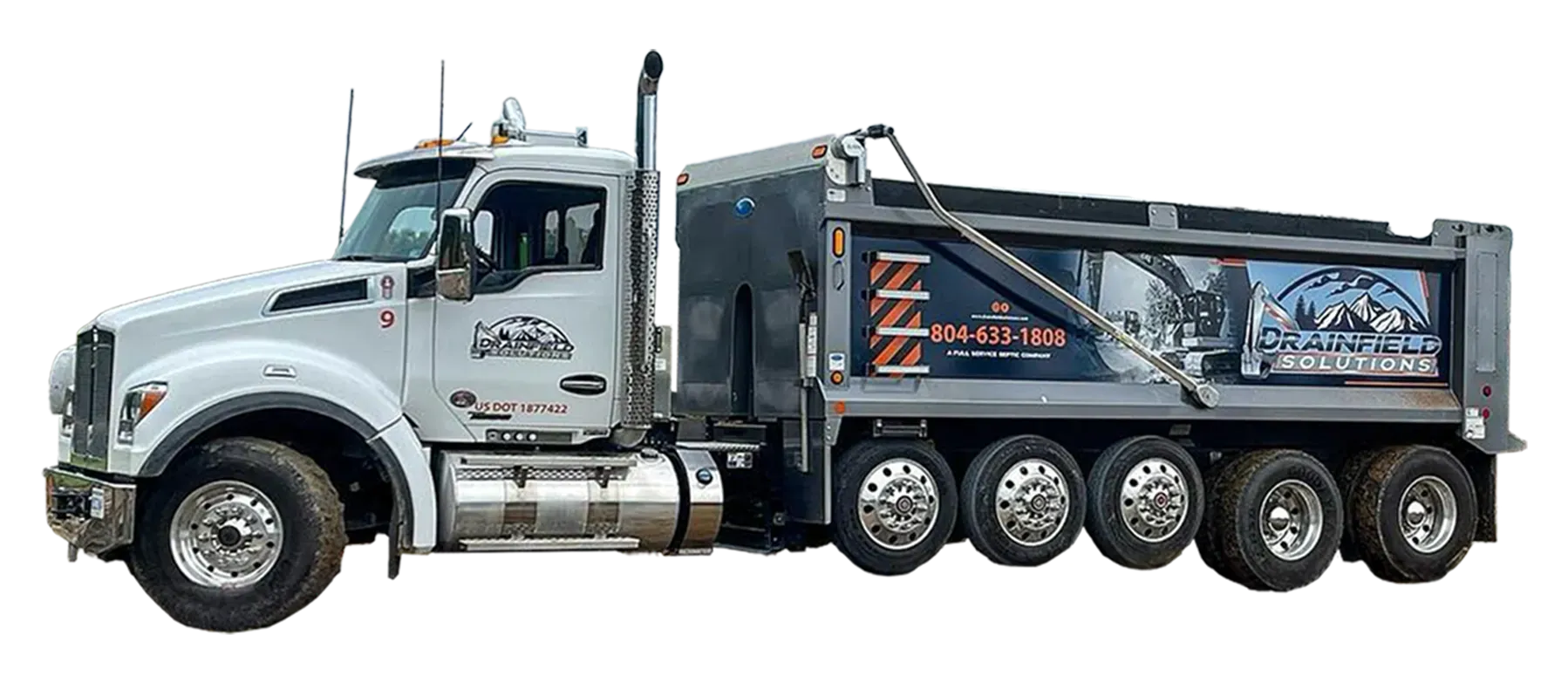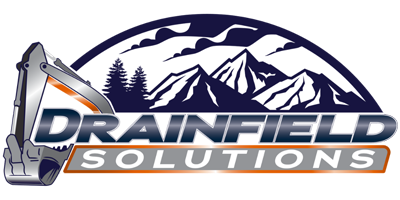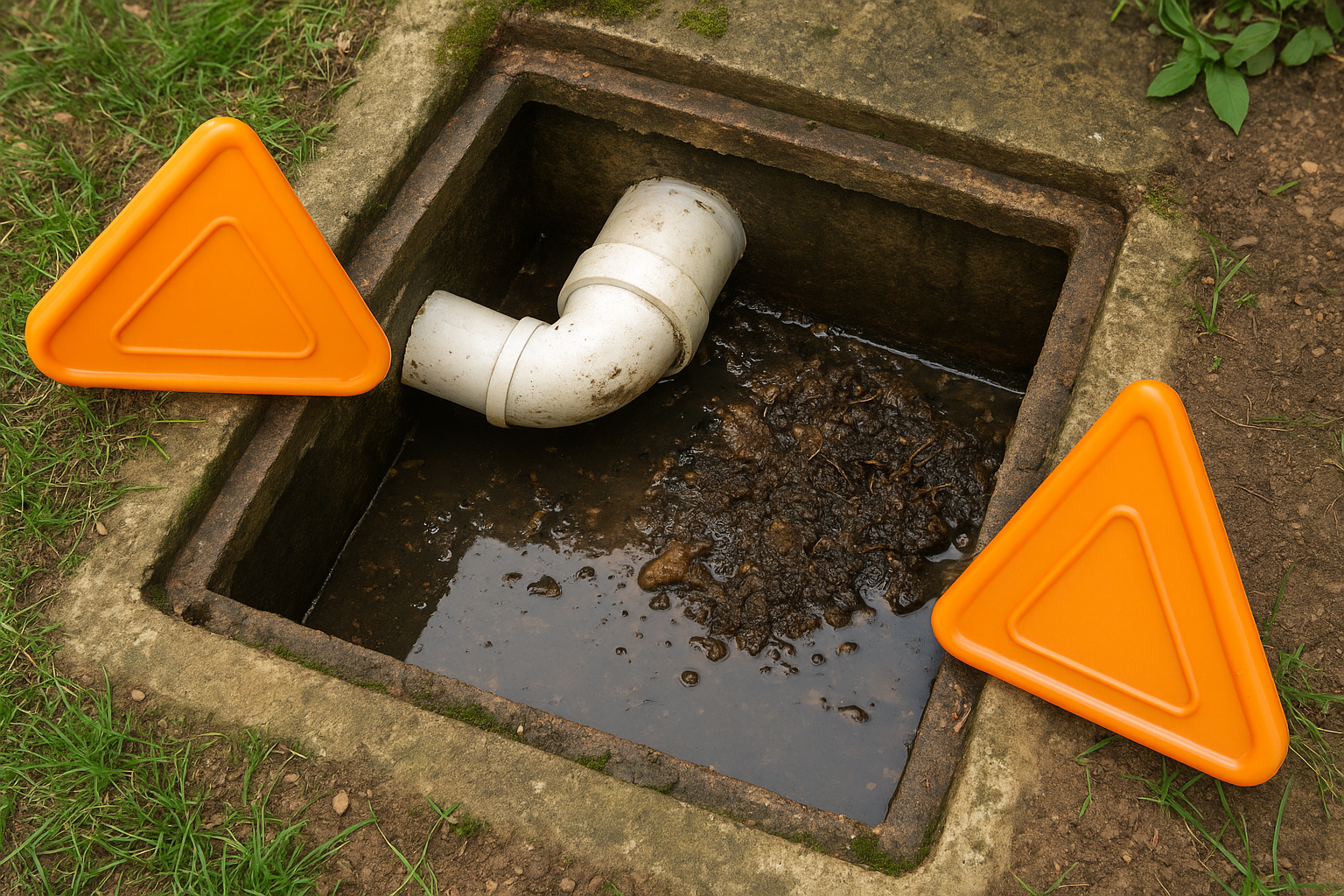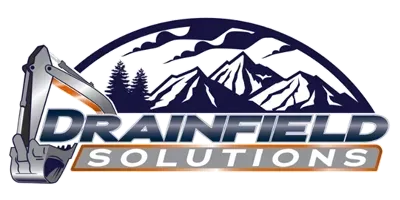
What is The Impact Of Water Conservation On Septic Drainfield Health: Save Water, Save Your Septic System
December 20, 2024
Let’s talk water. Specifically, how the way you use (or overuse) water impacts your hardworking drainfield. You know, the unsung hero of your septic system that quietly keeps things flowing? Turns out, your water habits can make or break how well it works.
At Drainfield Solutions, we’ve seen it all—overflowing tanks, swampy yards, and systems crying out for help because of one thing: too much water! But here’s the good news: a few simple changes can help you conserve water and keep your drainfield in tip-top shape. Let’s dive in and explore how saving water saves your septic system—and why it’s easier than you think.
Why Does Water Conservation Matter for Your Drainfield?
Your drainfield is like the final stop in your septic system’s wastewater journey. After solids are separated in the tank, the remaining water (effluent) flows into the drainfield, where it gets absorbed and filtered by the soil. It’s a solid system, but there’s a catch: your drainfield can only handle so much water at once.
When you use more water than the drainfield can handle, things get messy—literally. Excess water:
- Floods the soil, making it harder for your system to absorb and filter wastewater.
- Puts extra strain on your septic tank, which might push solids into the drainfield and clog it.
- Shortens the lifespan of your system, leading to repairs (and bills) you’d rather avoid.
Saving water isn’t just about being eco-friendly—it’s about giving your drainfield the chance to do its job without feeling overwhelmed.
The Perks of Water Conservation for Your Drainfield
So, what happens when you start using less water? Your drainfield breathes a sigh of relief, and you enjoy:
- Better Performance: A drainfield that isn’t overworked filters wastewater more efficiently.
- A Longer Lifespan: Less stress on your system means fewer repairs and a longer life for your drainfield.
- Fewer Problems: No backups, no swampy yards, no nasty smells—sounds like a win, right?
- Lower Bills: Saving water cuts your utility costs and reduces the chance of costly septic system fixes.
It’s a simple formula: less water = happier drainfield = happier you.
How Too Much Water Causes Trouble
Let’s break it down. Here’s how excessive water use can wreak havoc on your drainfield:
- Saturated Soil: Think of your drainfield as a sponge. Use too much water, and it gets soggy and can’t soak up any more. That’s when you start seeing puddles or slow drains.
- Clogs: Overloading your septic tank can send solids into the drainfield, where they block the pipes and soil.
- Soil Compaction: Heavy water flow or constant oversaturation can compact the soil, reducing its ability to absorb and filter.
If your drainfield could talk, it would probably beg you to slow down with the water.
Simple Ways to Save Water and Protect Your Drainfield
The best part? Conserving water isn’t hard. With a few small changes, you can make a big difference.
1. Fix Leaks ASAP
That dripping faucet or running toilet isn’t just annoying—it’s wasting gallons of water every day.
- Fun Fact: A leaky toilet can waste up to 200 gallons a day!
- Action Step: Check your plumbing for leaks and fix them as soon as you notice an issue.
2. Upgrade to Water-Saving Fixtures
Swapping out old fixtures for water-efficient ones is one of the easiest ways to cut back on usage.
- Look for: Low-flow toilets, faucets, and showerheads. They use less water but work just as well.
- Bonus: Water-efficient appliances like dishwashers and washing machines can save hundreds of gallons per year.
3. Spread Out Water-Heavy Tasks
Your drainfield isn’t a fan of water marathons.
- Laundry Tip: Instead of doing all your laundry in one day, spread it out over the week.
- Dishwashing Tip: Only run the dishwasher when it’s full.
This gives your system time to process water without feeling overloaded.
4. Keep Showers Short
Sure, long showers are nice, but they’re not great for water conservation—or your drainfield.
- Challenge Yourself: Can you cut your shower time to five minutes? It might sound impossible, but once you start, you’ll find it’s easier than you think.
Signs You Might Be Using Too Much Water
Not sure if your water habits are hurting your drainfield? Here are some warning signs to look out for:
- Slow Drains: If sinks, showers, or toilets take their sweet time, it could mean your system is struggling.
- Soggy Lawn: Puddles or overly green patches of grass near your drainfield could mean oversaturation.
- Smelly Yard: A sewage odor isn’t just unpleasant—it’s a red flag that something’s wrong.
If you notice these signs, it’s time to rethink your water use and maybe give us a call to check things out.
Make Water Conservation a Family Effort
Saving water is easier when everyone’s on board. Here’s how to get the whole household involved:
- Set Goals: Challenge everyone to find creative ways to cut back on water.
- Educate: Explain how saving water helps the drainfield and keeps the home running smoothly.
- Celebrate Wins: Track your water usage and celebrate when you hit milestones (like a lower water bill).
When everyone pitches in, the results add up fast.
Call Drainfield Solutions
At Drainfield Solutions, we’re all about helping you keep your septic system in top shape—and that starts with protecting your drainfield. Whether you need an inspection, advice, or just a little help getting started with water conservation, we’re here for you.
Call Drainfield Solutions today at 804-633-1808 or visit our contact page to schedule an appointment or learn more about how you can protect your drainfield and septic system.
By using less water, you’re not just saving money and helping the planet—you’re giving your drainfield the love and care it needs to keep running smoothly. Your septic system will thank you, and so will your future self when you avoid costly repairs. So, go ahead—start saving water today!
Share Post
Latest Posts
Ready to Take the Next Step?
Whether you're in need of a system inspection or regular maintenance, Drainfield Solutions is here to help. Get in touch today for reliable service you can trust.






